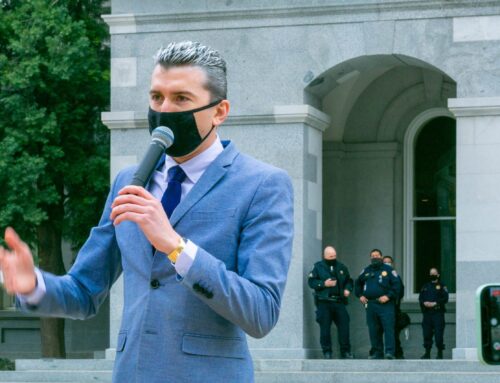
What if all European research could be made available to everyone, for free? How about making all scientific outcomes that EU taxpayers fund a common, shared resource that may fuel innovation from the public and private sector? Is it possible to connect all the dots in a way that will create a cloud for research data in Europe?
This is the vision behind the European Open Science Cloud (EOSC), a trusted digital platform for the scientific community, providing seamless access to data and interoperable services that address the whole research data cycle.
The open science aficionados in food and agriculture have been among the early supporters of this vision.
The four key milestones in this important journey:
- In 2015, we backed up EOSC with the first digital infrastructure initiative for food and agriculture, the so called FP7 agINFRA project
- We have come together twice at the Open Harvest events in Crete, to declare our desire to work together so that we make our research data and digital infrastructures available to all
- We have published a seminal white paper on the need to catalyze the creation of a data ecosystem for agriculture and food, with endorsement from the Global Open Data for Agriculture and Nutrition initiative (GODAN)
- We have launched international projects to further promote and implement this vision, such as GODAN Action, eROSA and AGINFRAplus
A critical mass of effort and energy has been brought together — to make Europe one of the global leaders of the data revolution in food and agriculture.

Other open science communities have been doing similar things, joining forces to define and implement EOSC — the cloud of research data for Europe. On November 28th & 29th, these communities are coming together again at the EOSC Symposium 2019 “Where the EOSC Makers and Shakers Meet”, one of the largest, EOSC events of the year hosted in Budapest.
Among the attendees of the symposium our AGINFRAplus project will be there, contributing to a session on Health and Food that the EOSC-Life initiative is coordinating. We will talk about the complexity, heterogeneity and dependability that the various food and agriculture-related sciences have with the wider life and health sciences.
We will also present at the plenary session on Use Cases about our flagship software demonstrators: using powerful computational infrastructures to support large-scale simulation of crop growth and food risk assessment; facilitating discovery over extremely large & heterogeneous phenotypic databases across the whole world; and publishing mathematical models and supporting data sets as executable journal papers.
We will continue to support, promote and further enable the vision of digital and open science for food and agriculture, in Europe and beyond. Because the challenges that our food system is currently facing need all the intellectual and computing power that our planet has available.




